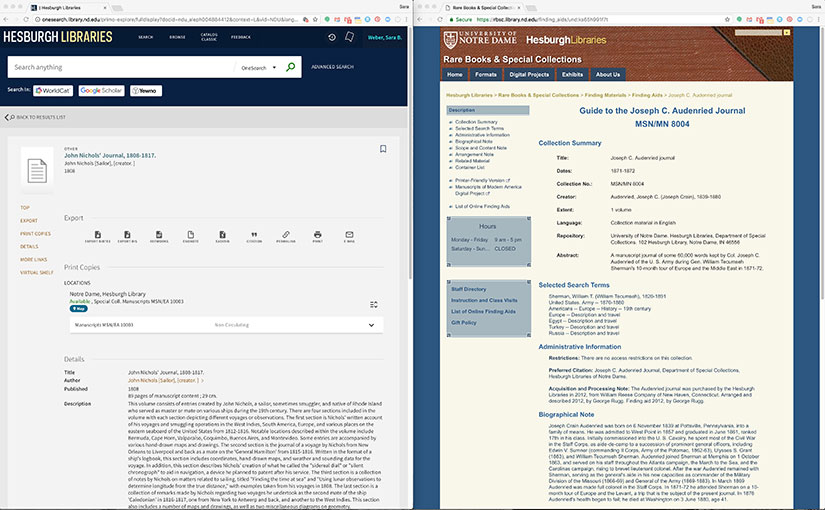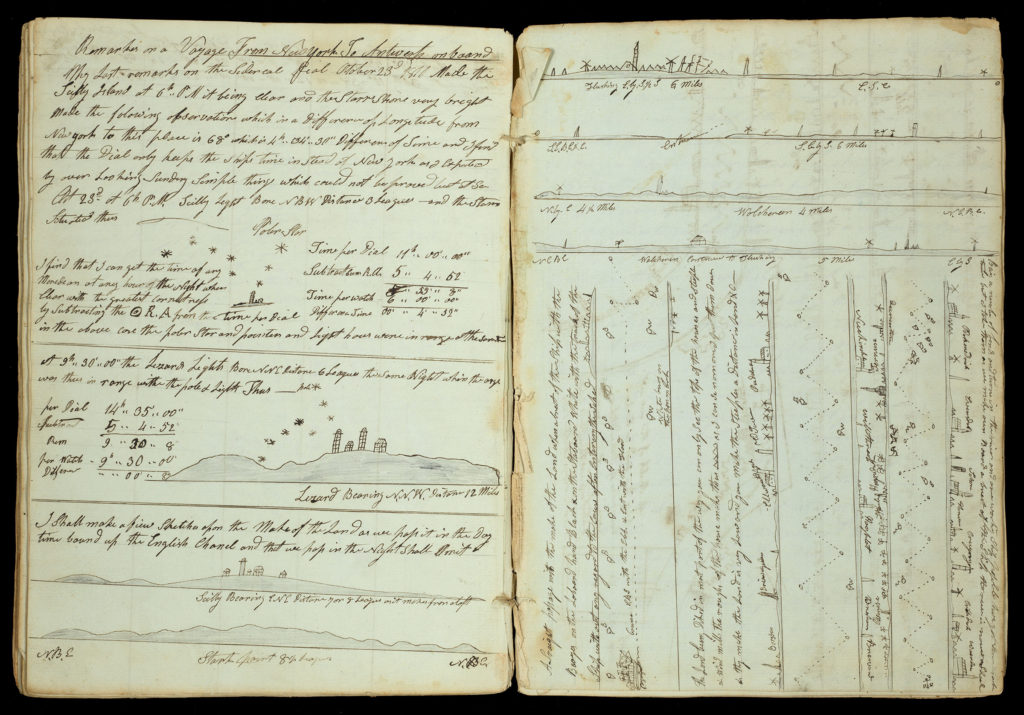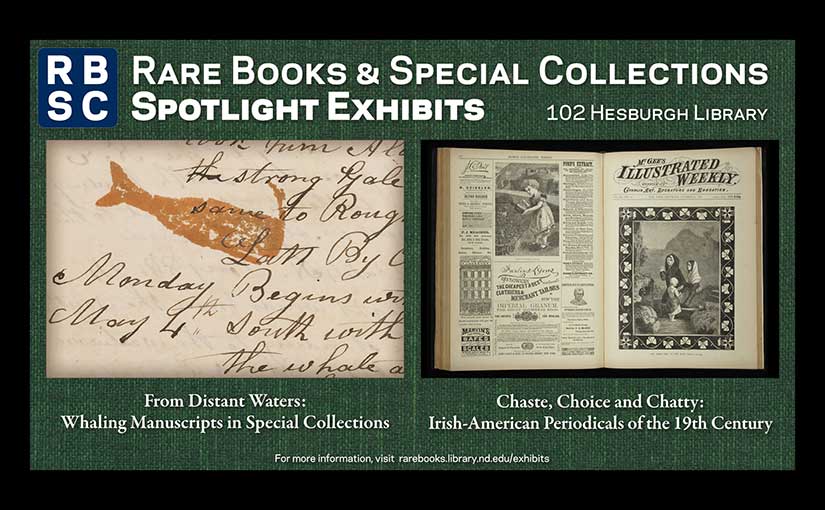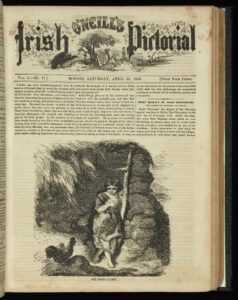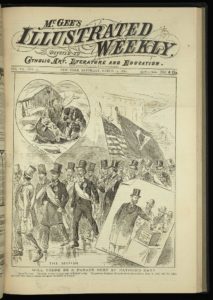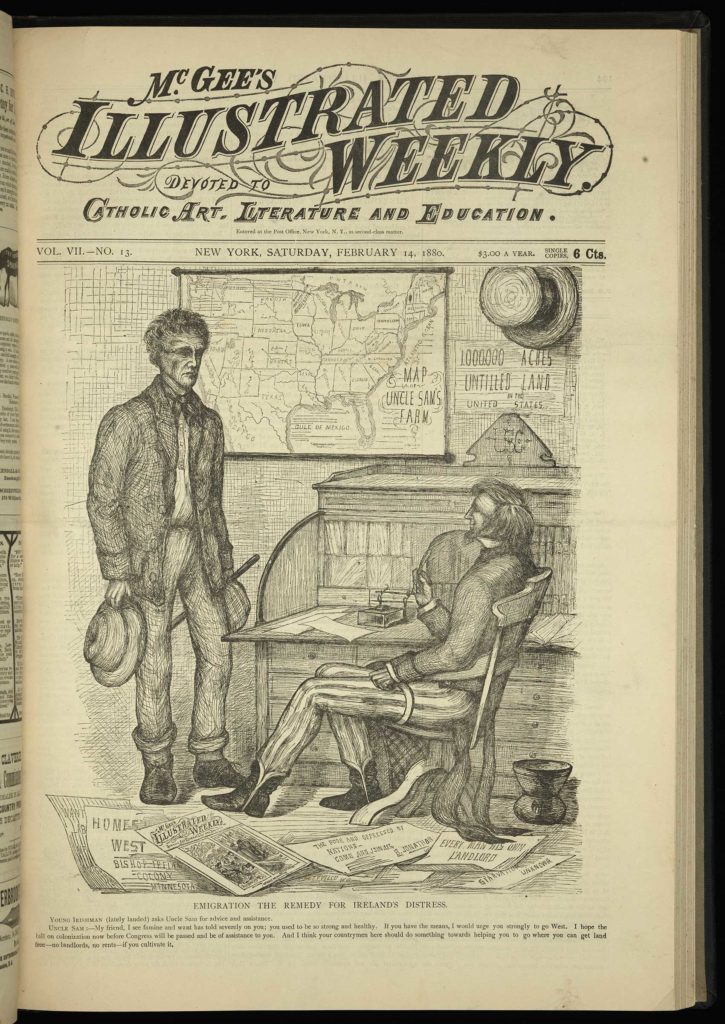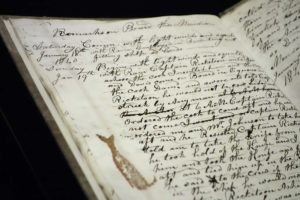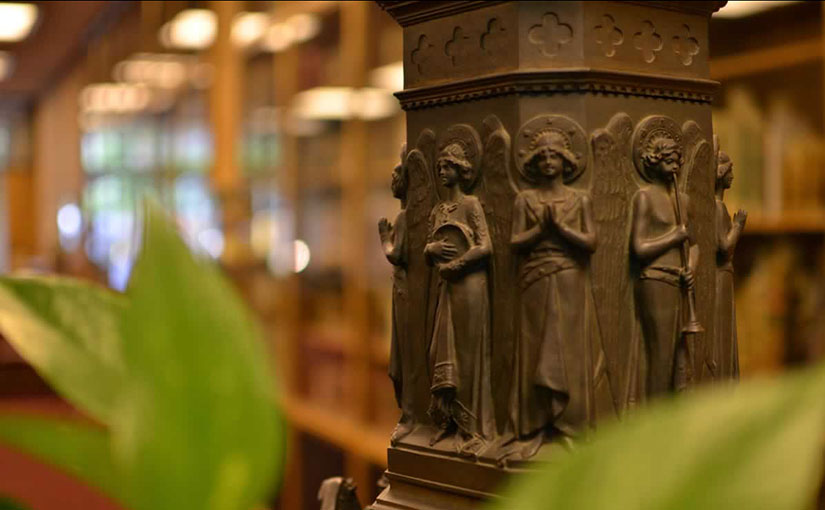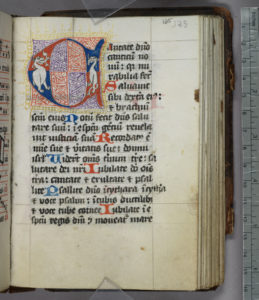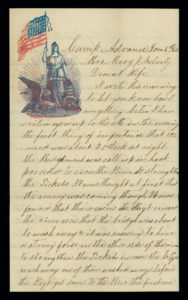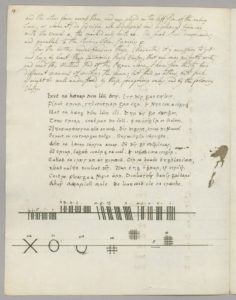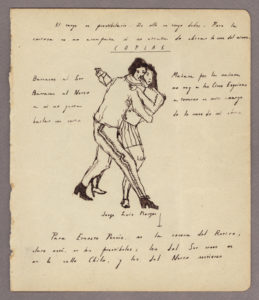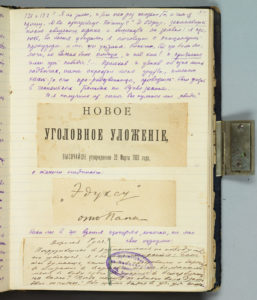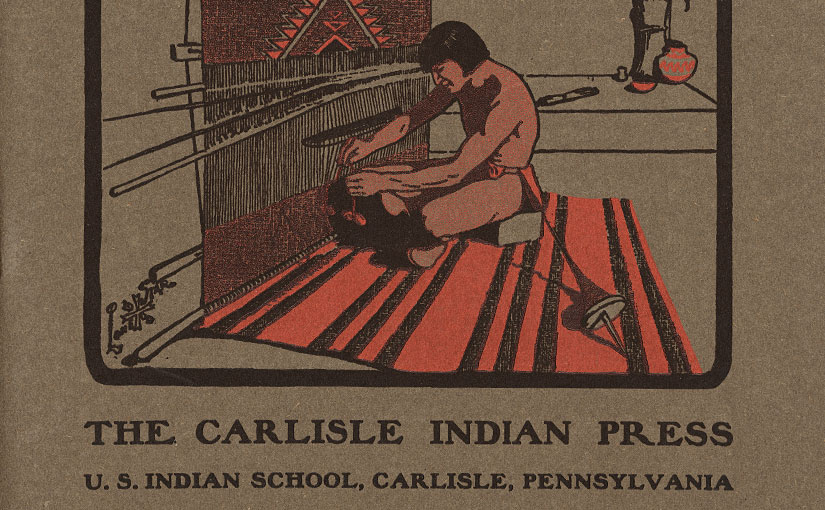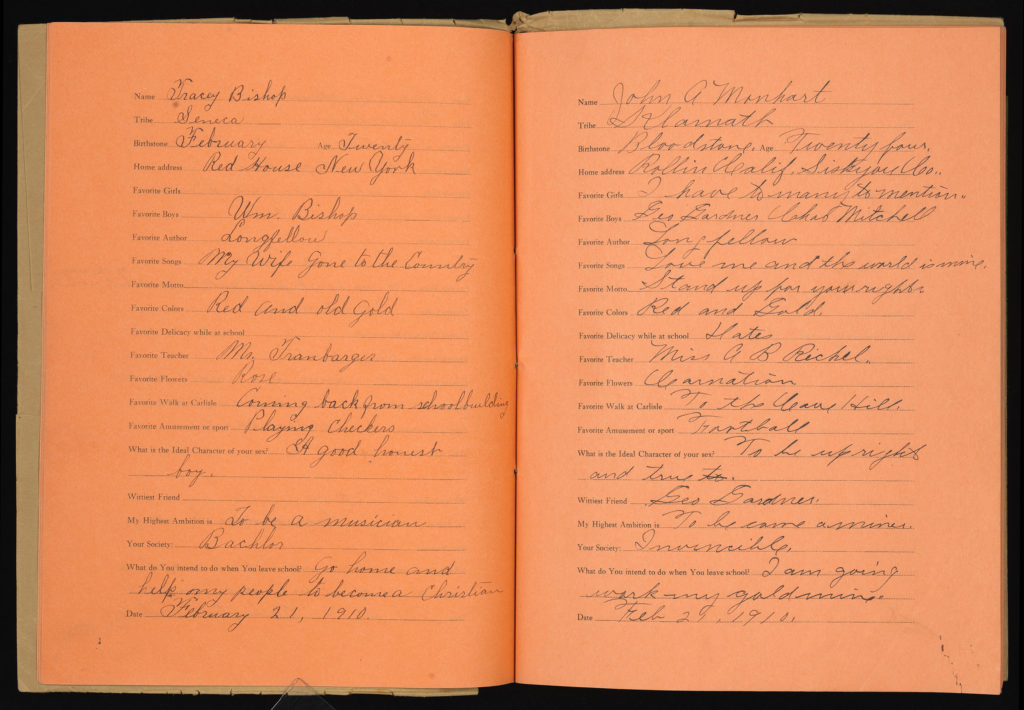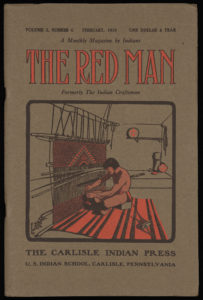by Patrick Milhoan, Lead Processing Archivist
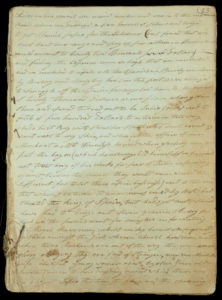
Notre Dame’s Rare Books and Special Collections boasts some truly remarkable collections with items covering a multitude of topics. From collections totaling 17 cubic feet, such as the Vagrich and Irene Bakhchanyan Collections, to single-item manuscripts totaling a few pages, such as the John Nichols Journal, the collections are not only diverse in content, but also in size. Just as the collections at Notre Dame are diverse, so too are the descriptive tools used to make them discoverable
Descriptive or discovery tools used in special collections and archives come, traditionally, in two forms—the archival finding aid and a MARC record. However, not all collections items fit within the scope of use for these two tools. Finding aids are useful for large collections that require much more in-depth description than a current MARC record allows for when considering the hierarchical nature of collections. In the case of collections with only a few items, the collection does not need in-depth description and does not utilize the descriptive power that a finding aid provides. The traditional MARC record, however, is inadequate because the conventions for bibliographic description do not accommodate enough of the information required to describe an archival collection.
Recognizing that the current tools were insufficient, members of the Society of American Archivists (SAA) and the Rare Book and Manuscript Section (RBMS) of the American Library Association (ALA) set out to create a new descriptive standard that would combine archival descriptive standards within existing bibliographic frameworks. These efforts culminated in the publication of a new bibliographic standard in 2016 for single-item manuscripts called DCRM (MSS)—Descriptive Cataloging of Rare Materials (Manuscripts).
As previously mentioned, Rare Books and Special Collections holdings consist of materials both large and small. In fact, a majority of the collections consist of very few pages, often just a single item. In the past, these items were made discoverable by listing the items in a register on the department’s website. With the advent of the new descriptive standard, we are able to create catalog records that describe both the artifactual information and the contextual information of small collections, especially ones with single items, that traditional MARC records did not allow for. We have decided to create a few test records for our collections using this new standard.
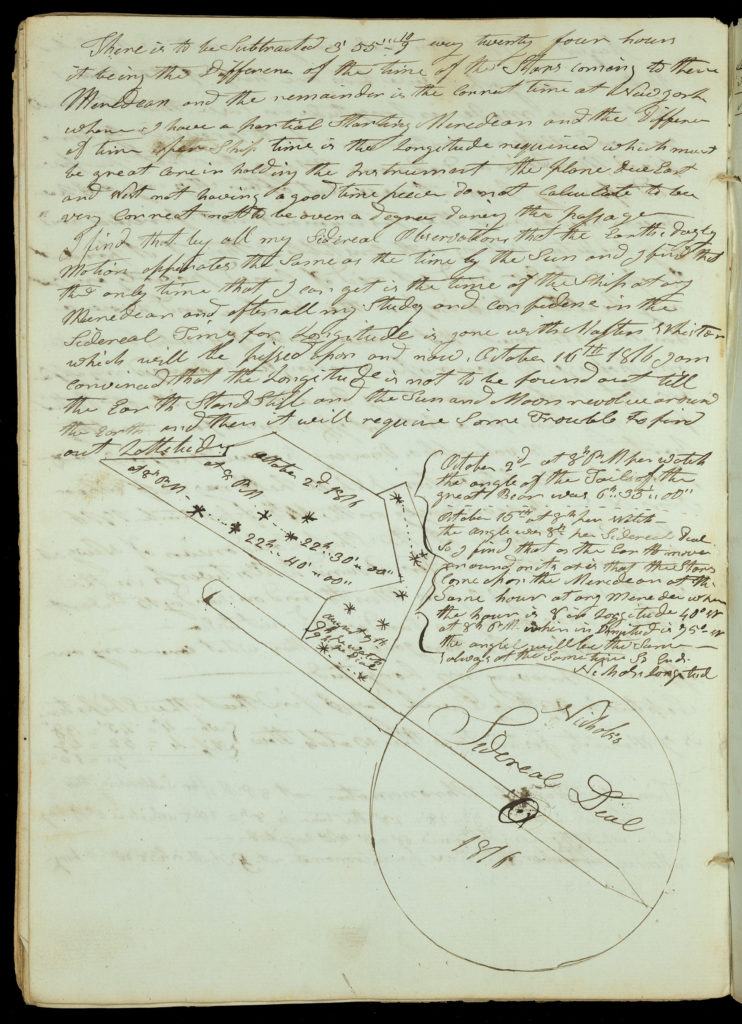 One of the first items we decided to describe using DCRM (MSS) was the John Nichols Journal (MSN/EA 10003). Nichols, born in Rhode Island, was a 19th-century sailor and smuggler who wrote about his exploits in a 4-section journal. In the journal, Nichols describes his voyages to the West Indies, including smuggling operations in Cuba and Brazil. In addition, Nichols also describes an invention he has termed the “sidereal dial” for navigation at night. Accompanying the entries are numerous hand-drawn maps and profiles of locations Nichols encountered throughout his journeys on the General Hamilton and the Caledonian.
One of the first items we decided to describe using DCRM (MSS) was the John Nichols Journal (MSN/EA 10003). Nichols, born in Rhode Island, was a 19th-century sailor and smuggler who wrote about his exploits in a 4-section journal. In the journal, Nichols describes his voyages to the West Indies, including smuggling operations in Cuba and Brazil. In addition, Nichols also describes an invention he has termed the “sidereal dial” for navigation at night. Accompanying the entries are numerous hand-drawn maps and profiles of locations Nichols encountered throughout his journeys on the General Hamilton and the Caledonian.
Using DCRM (MSS) as our descriptive standard allows for a greater level of discoverability for our collections items. Not only are our collections browsable on our website, but they are now searchable through the Hesburgh Libraries catalog as well as the Online Computer Library Center online catalog (OCLC WorldCat)—the world’s largest online public access catalog—and ArchiveGrid—an online database containing over 5 million records for archival materials located in repositories in the US and internationally. In addition, DCRM (MSS) has been an effective way to systematically reduce our processing backlog and refine our procedures in accordance with newly adopted best practices and standards of the profession.
